1. McDonald’s McDLT Disaster
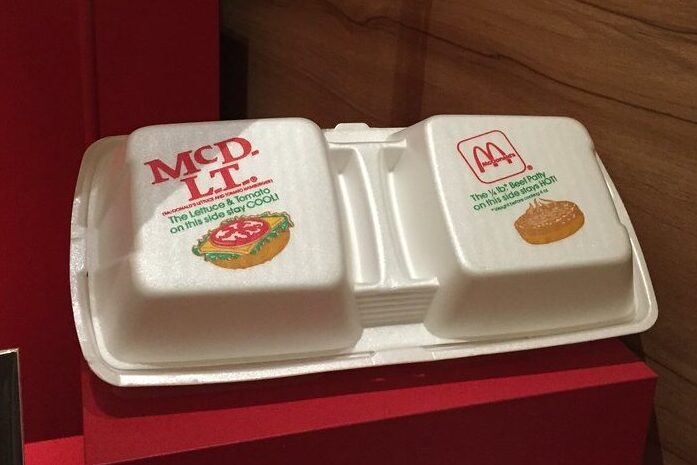
The McDLT was McDonald’s attempt at keeping the “hot side hot and the cool side cool” with a special two-compartment Styrofoam container. One half held the hot burger patty and bottom bun, while the other kept the lettuce, tomato, and top bun separate until you assembled it yourself. It might’ve seemed clever on paper, but the whole thing felt like more work for customers who just wanted a burger, not a DIY project. Plus, those bulky containers weren’t exactly easy to eat on the go says Serious Eats.
Worse still, the McDLT debuted just as environmental concerns over Styrofoam were ramping up. Critics pounced on McDonald’s for using excessive packaging, and customers weren’t thrilled either. Eventually, the backlash grew too loud to ignore. The McDLT quietly disappeared from menus before the decade ended shares Chowhound.
2. Burger King’s Herb the Nerd
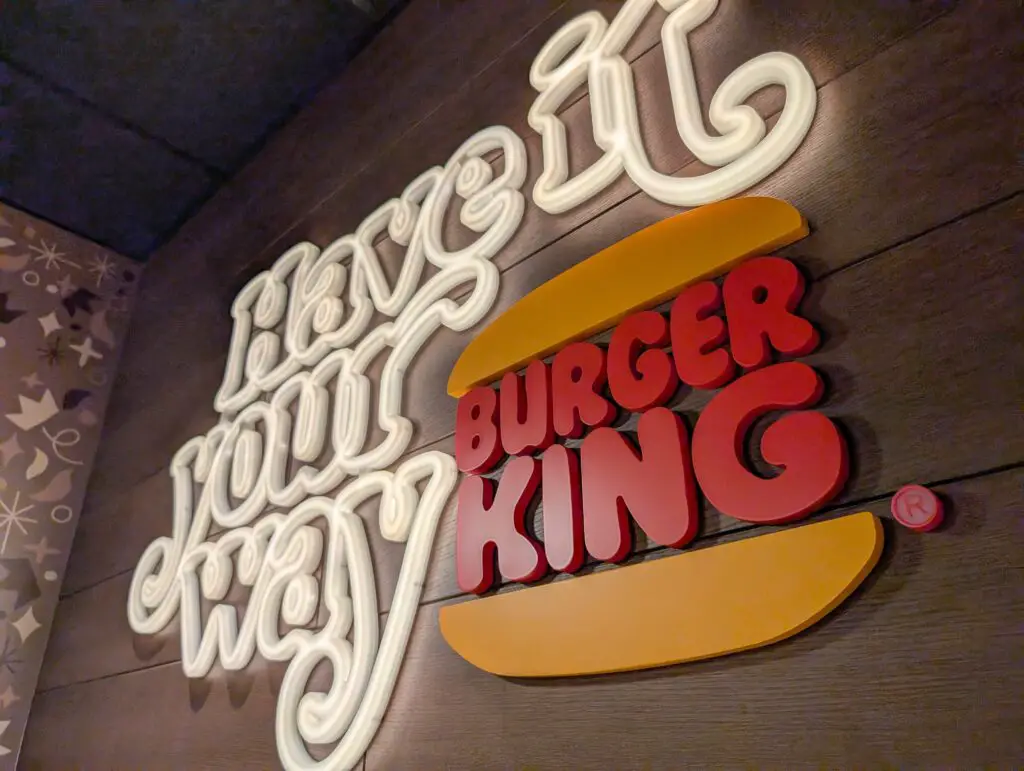
In 1985, Burger King introduced “Herb,” a bespectacled nerd who had never eaten a Whopper—gasp! The campaign encouraged customers to find Herb at a Burger King for a chance to win cash, turning the poor guy into a kind of awkward anti-mascot. But the problem was… no one really understood the point. It was confusing and oddly mean-spirited, and people didn’t know whether to like Herb or pity him shares the Takeout.
Even worse, when the company announced a prize for anyone named Herb who visited a Burger King, one winner was disqualified because he went by his middle name. The stunt felt unfair and left a sour taste in everyone’s mouths. Burger King’s sales didn’t get the boost they’d hoped for. By the end of the year, Herb had vanished just as awkwardly as he arrived adds AOL.
3. Wendy’s “Where’s the Beef?” Spin-offs
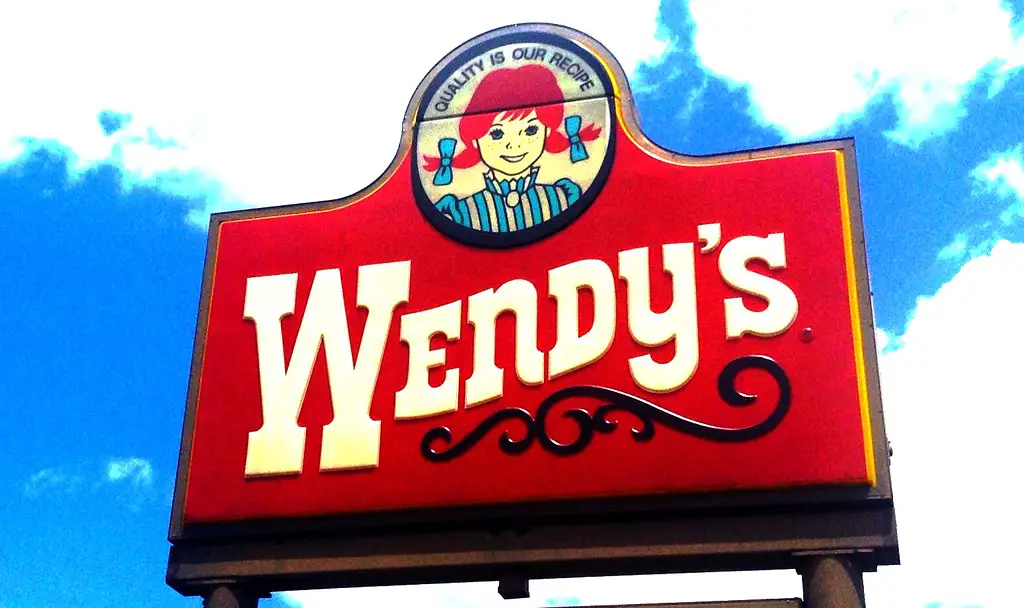
The original “Where’s the Beef?” commercial with Clara Peller was a smash hit in 1984, but Wendy’s pushed their luck trying to stretch it too far. They put Clara in everything—new ads, merchandise, even a record single. People loved the catchphrase, but when Wendy’s tried to turn it into an empire, the charm quickly wore off. Clara even did a spaghetti sauce ad for another brand, which got her canned from Wendy’s.
Instead of gracefully bowing out while they were ahead, Wendy’s overexposed the campaign until it became stale. By the end, it felt like they were clinging to a one-hit wonder. Sales didn’t hold up, and customers were ready for something new. The company eventually pivoted to more straightforward messaging.
4. McDonald’s Arch Deluxe Misstep
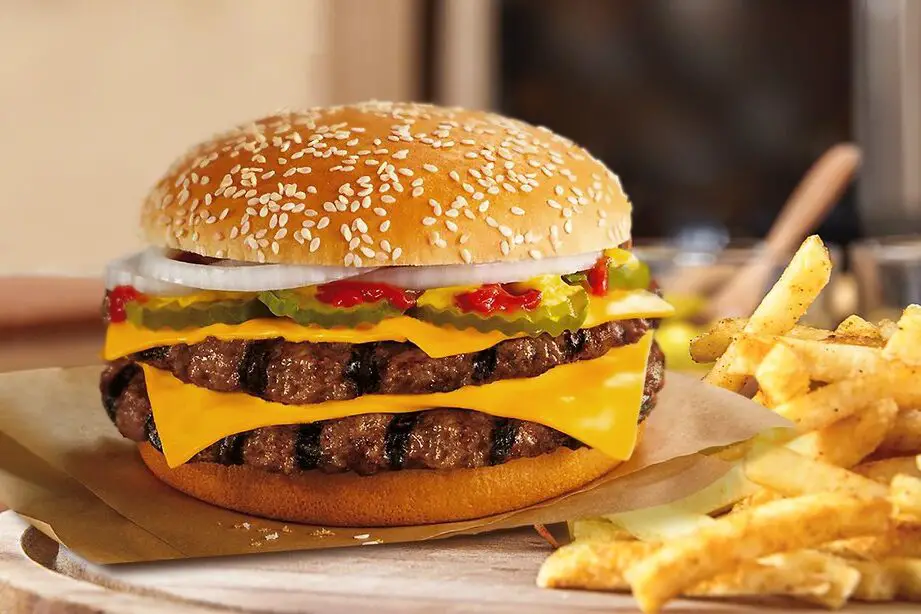
Aimed at “grown-up tastes,” the Arch Deluxe was McDonald’s idea of a burger for adults. It came with a special mustard sauce and was advertised as more sophisticated than their usual fare. The problem? Most people don’t go to McDonald’s for “sophistication.” They go for comfort and consistency—and dragging kids into these “grown-up” ads just made it weirder.
McDonald’s reportedly spent over $100 million on marketing, but it didn’t click with customers. The burger was pricey, too, which didn’t help. People just weren’t interested in a fancy Big Mac clone. The Arch Deluxe faded away, taking its overinflated budget with it.
5. Domino’s Avoid the Noid
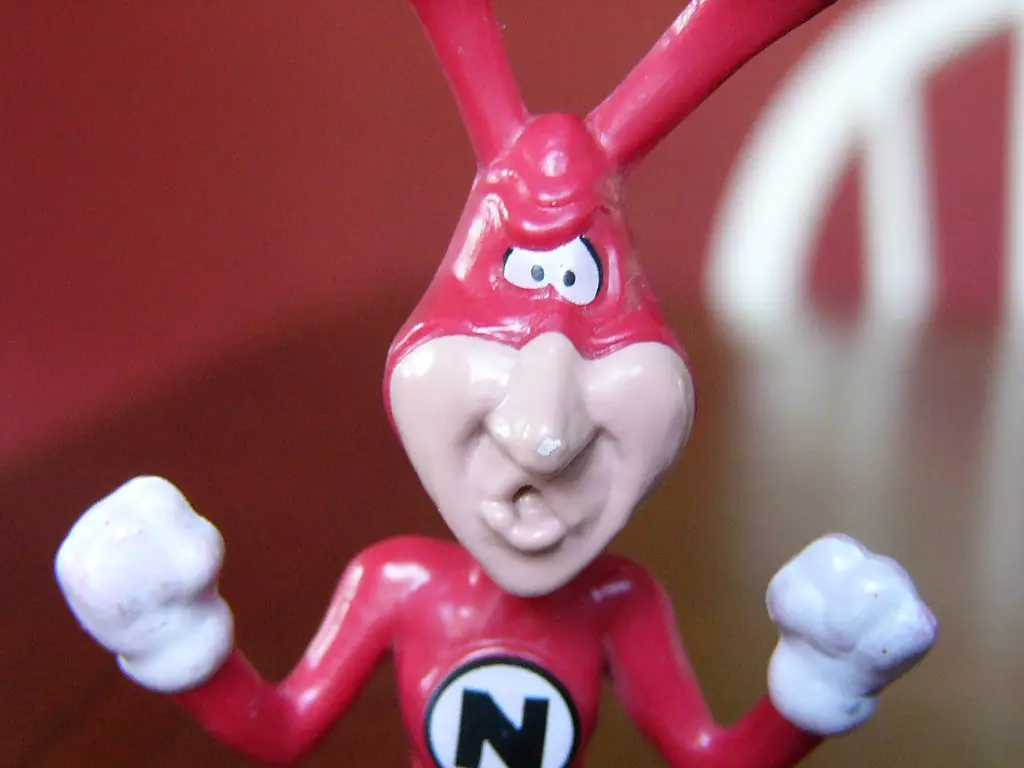
In the late ’80s, Domino’s introduced the Noid—a bizarre, red-suited cartoon villain who tried to ruin pizzas. The idea was to “avoid the Noid” by ordering from Domino’s, which promised fast delivery. Kids found him creepy, and adults were mostly confused. The marketing was loud, zany, and a little too far removed from actual pizza.
Then tragedy struck: a man with schizophrenia, whose last name was Noid, thought the ads were targeting him personally. He held Domino’s employees hostage in 1989, and the campaign immediately lost any humor it had. Domino’s pulled the Noid shortly after. He did make a strange comeback years later, but the original ’80s run ended in disaster.
6. Taco Bell’s Bell Beefer
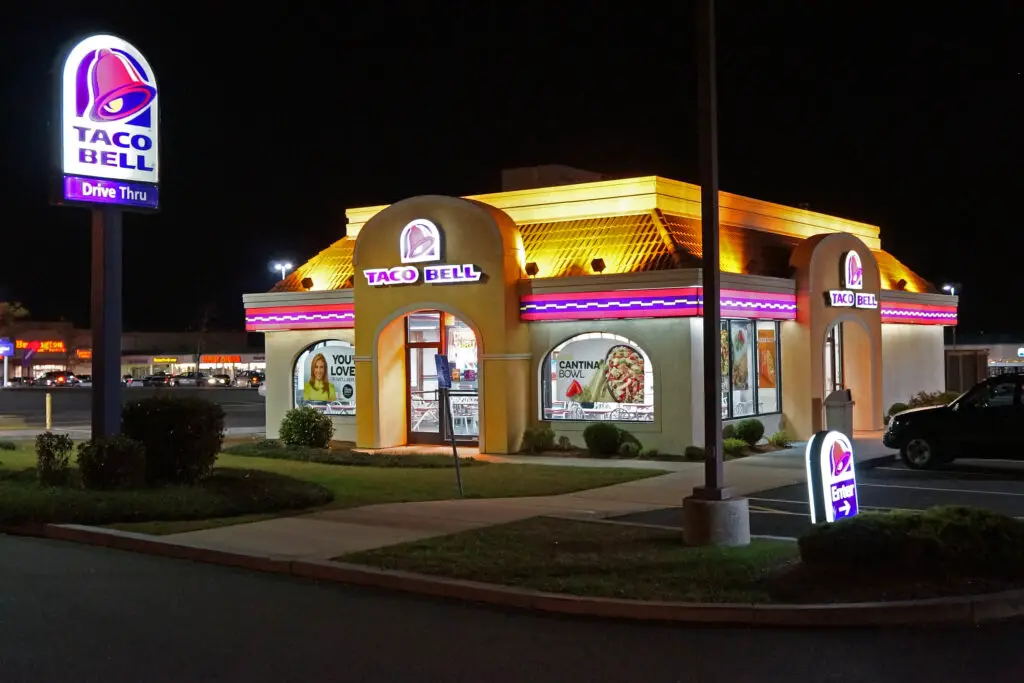
Taco Bell once thought it would be a good idea to sell a taco… on a hamburger bun. That’s exactly what the Bell Beefer was: seasoned ground beef, lettuce, and sauce served sandwich-style. It was introduced to compete with burgers, but the result was messy, soggy, and frankly, unappetizing. The flavors were fine, but the texture felt off.
People didn’t want a taco that looked like a sloppy Joe. It didn’t hold up well during transport and quickly became the butt of jokes. Despite hanging around for a few years, it never gained a real fanbase. Taco Bell quietly shelved it in the late ’80s.
7. McDonald’s Pizza Flop
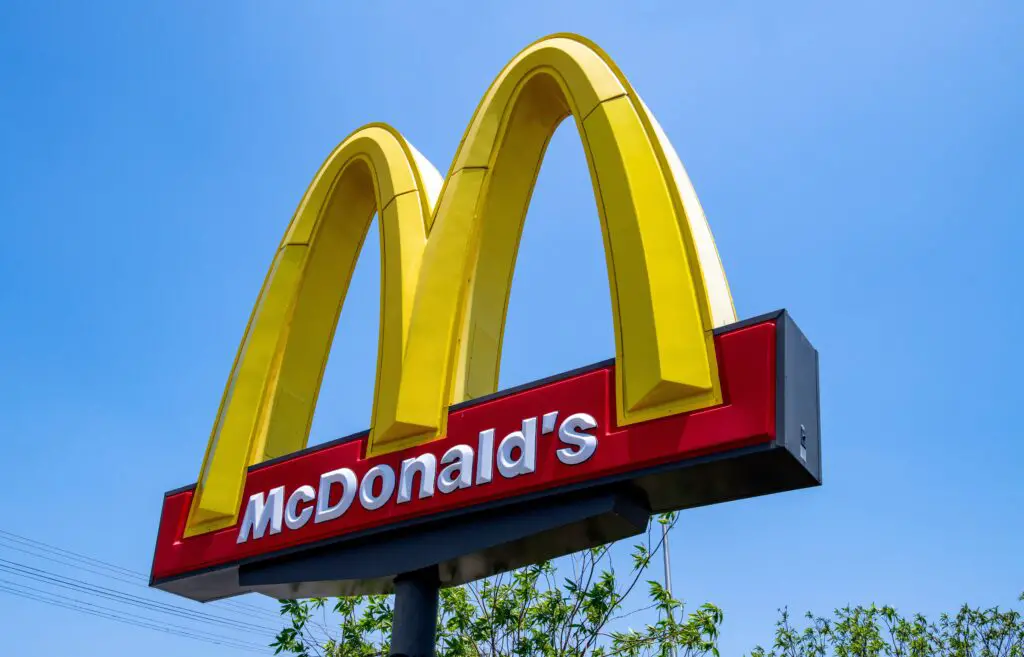
Yes, McDonald’s tried pizza. It launched in the late ’80s in select locations, and the company had high hopes. But the pizzas took far too long to cook—up to 11 minutes—which clashed with their whole fast-food model. Customers were annoyed, and employees had trouble juggling pizza with burgers and fries.
The kitchens weren’t built for it, either. Franchisees had to install special ovens, which was expensive and impractical. And while the pizza actually tasted okay, no one really thought of McDonald’s as a pizza place. By the early ’90s, the experiment was mostly over, save for a few stubborn holdouts.
8. Burger King’s “Dinner Baskets”
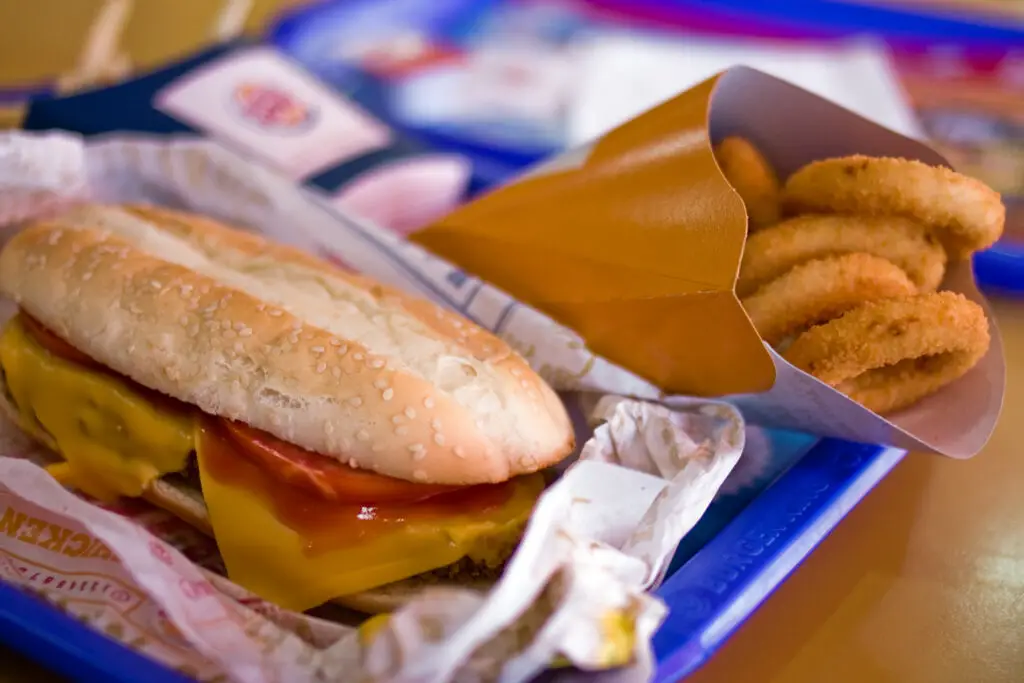
In an attempt to go upscale, Burger King launched “Dinner Baskets” in the late ’80s. Customers could choose a protein—like steak or fried chicken—and got a little basket with sides like baked potatoes or coleslaw. It was supposed to feel more like a sit-down meal, but it was an awkward fit. The whole system slowed down kitchens and confused regulars.
People expecting a quick Whopper were now dealing with servers bringing food to their tables. It blurred the line between fast food and casual dining, and not in a good way. Families found it inconvenient, and solo diners didn’t want to linger. Burger King quietly phased it out as the ’90s approached.
9. Arby’s 5 for $5.95 Overload
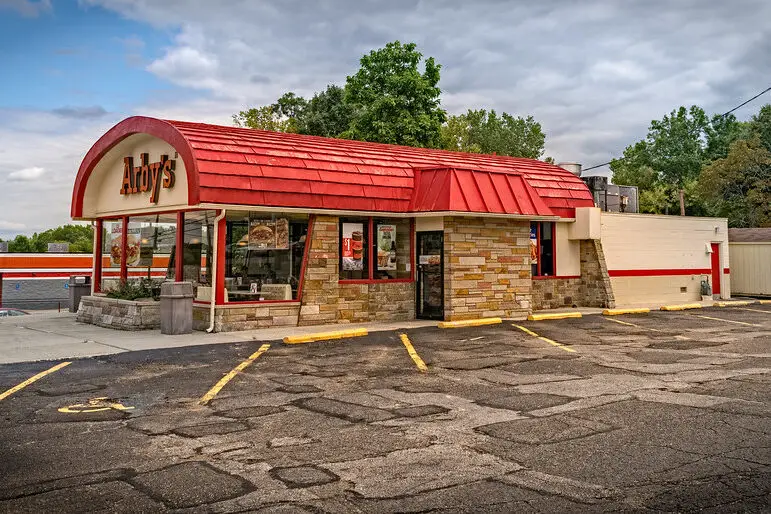
Arby’s briefly tried to flood the market with its “5 for $5.95” roast beef deal. On the surface, it sounded great—five sandwiches for under six bucks! But it turned into more of a logistical nightmare. Stores were overwhelmed with huge orders, and customers complained about the inconsistent quality.
Employees were swamped, especially during lunch rushes, and corners were often cut to keep up with demand. What was meant to be a value deal turned into a service disaster. Plus, who really needed five sandwiches? The deal didn’t last long and ended up hurting more than helping.
10. McDonaldland Characters Overload
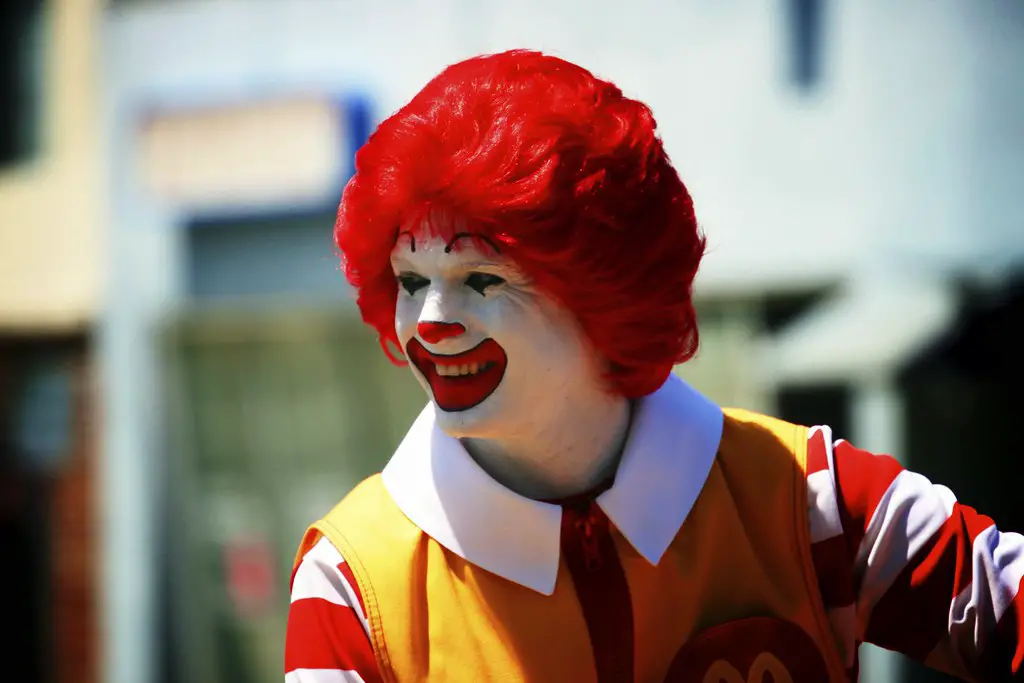
Ronald McDonald was always the star, but in the ’80s, McDonald’s doubled down with a full universe of characters: Grimace, the Hamburglar, Birdie, and even the Fry Guys. They were cute at first, but the stories got convoluted and the commercials grew chaotic. Kids couldn’t always keep up, and parents were left scratching their heads.
Eventually, the branding got so over-the-top it overshadowed the food. The merchandising push—from Happy Meal toys to VHS tapes—became overwhelming. McDonald’s slowly pulled back on the ensemble cast. By the ’90s, most of them were phased out or rarely seen again.
11. Long John Silver’s Talking Fish
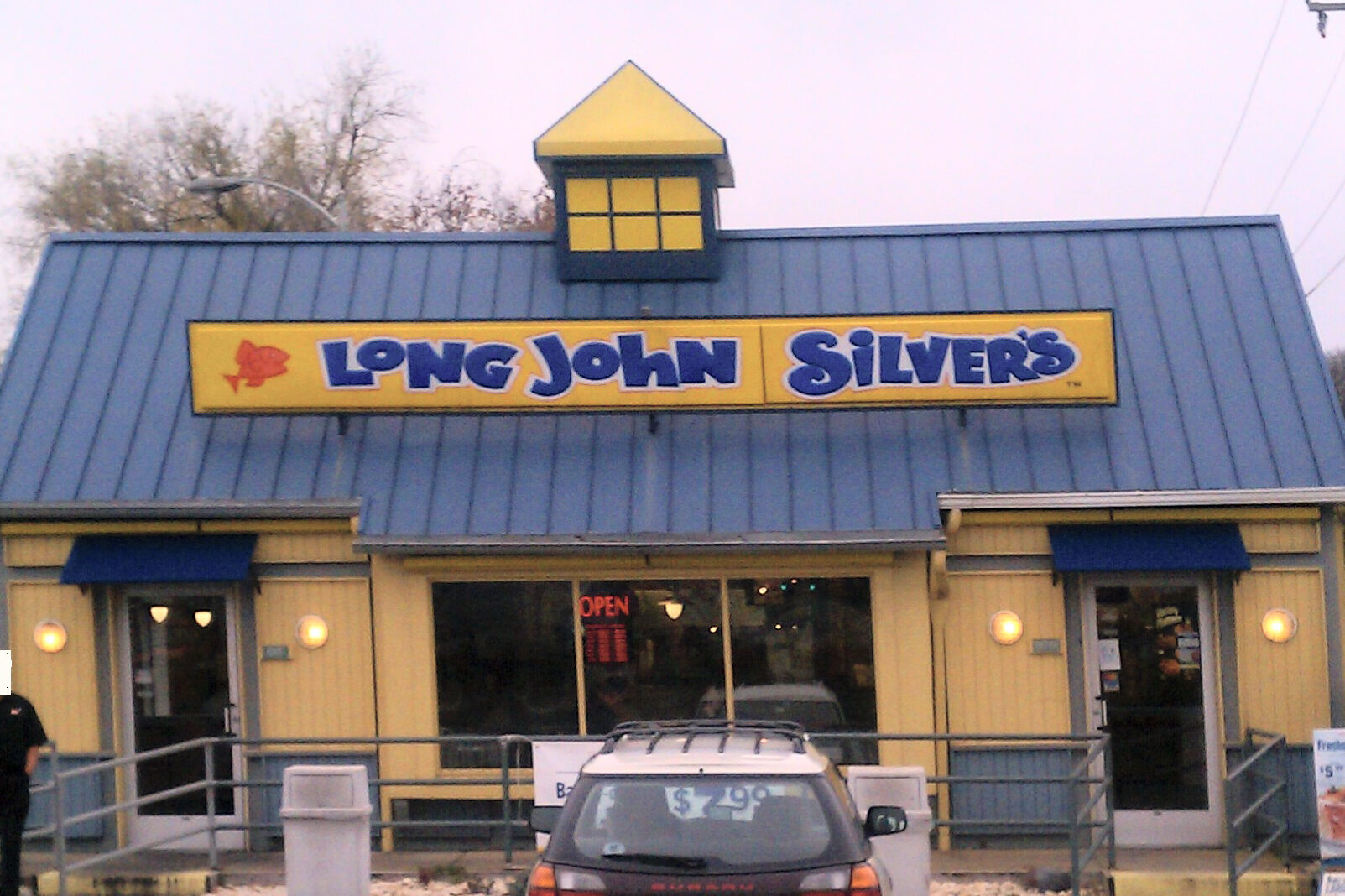
In a move that confused just about everyone, Long John Silver’s introduced a talking animatronic fish to some locations in the ’80s. Mounted on the wall like a trophy, it was meant to be fun and attention-grabbing. But for many diners, it was just unsettling. A fake fish with a robotic voice isn’t exactly the kind of company you want during dinner.
The gimmick didn’t increase foot traffic like the chain hoped. Instead, it became more of a punchline than a selling point. Customers asked staff to turn it off more often than not. It was eventually retired and never spoken of again—like a weird fever dream from a nautical nightmare.
12. Jack in the Box’s Monterey Melt Mayhem
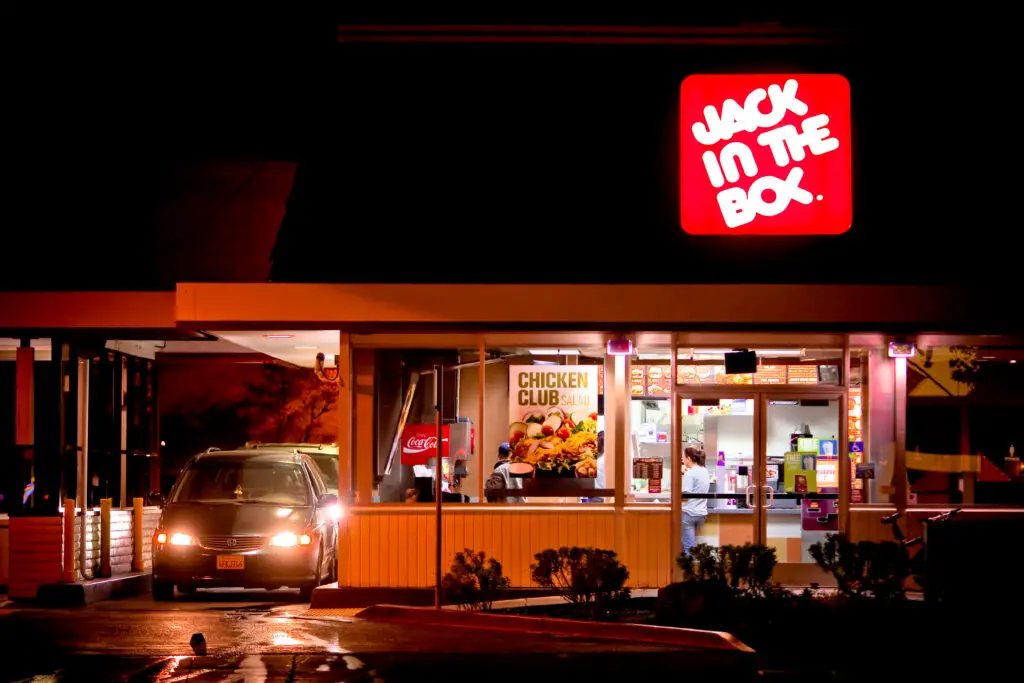
Jack in the Box tried to lean hard into “gourmet fast food” with its Monterey Melt in the late ’80s. It featured a fancier cheese, special sauce, and a premium price tag. But the sauce had a strange flavor, and not everyone appreciated the extra cost. It didn’t help that the rollout was rushed and uneven.
Some stores made the sandwich well, but others ended up with soggy, poorly melted messes. Word of mouth wasn’t kind, and customers weren’t sold on the idea that Jack in the Box could pull off upscale dining. Sales fell flat, and the sandwich was soon gone. It never made a proper comeback.
13. Pizza Hut’s Priazzo Pies
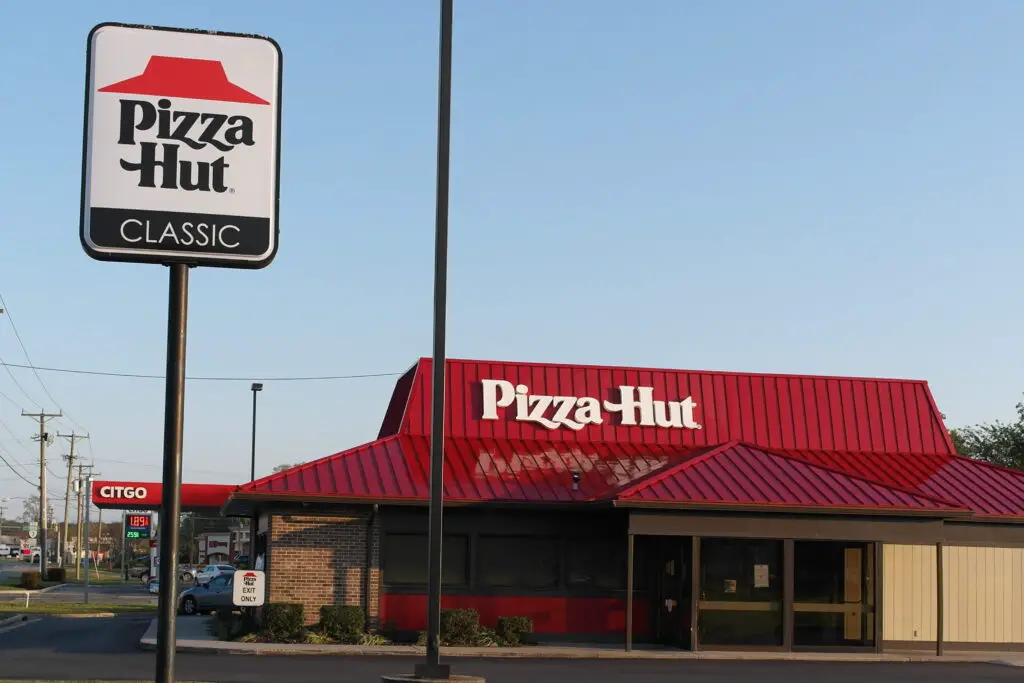
Pizza Hut launched the Priazzo in the ’80s—a deep-dish, Italian-style pie loaded with meat, cheese, and sauce. Think of it like a lasagna in pizza form. It was rich, heavy, and took a long time to bake. While it looked good in commercials, it was hard to eat and even harder to finish.
Customers weren’t thrilled about waiting so long for something that was more of a novelty than a craving. The kitchen logistics were a nightmare, too. Franchisees hated how it slowed down service. It quietly disappeared by the end of the decade, never quite living up to its fancy name.
14. Dairy Queen’s Breeze Blunder
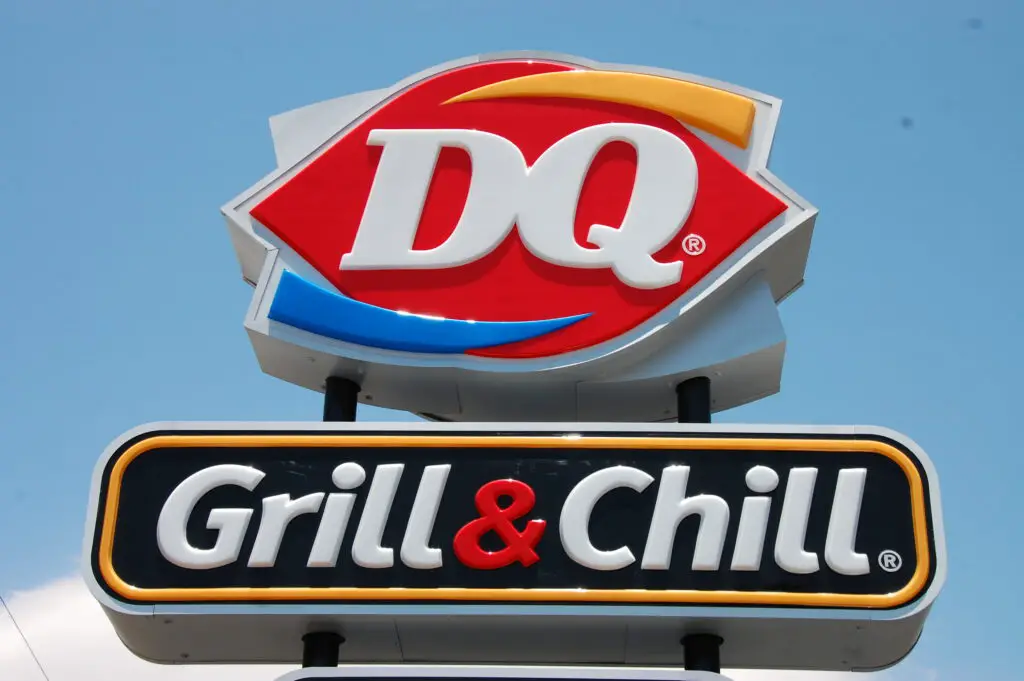
Trying to cash in on the health craze, Dairy Queen launched the Breeze in the late ’80s. It was a frozen dessert similar to the Blizzard but made with frozen yogurt and mix-ins. The problem? Most people going to Dairy Queen weren’t there for health food. The Breeze never really found its audience.
It didn’t help that the yogurt didn’t taste quite as indulgent as expected. Sales lagged, and customers stuck with the more familiar Blizzards. Eventually, DQ pulled the Breeze and went back to what they knew best—ice cream and unapologetic sweetness. It was a rare misstep in their dessert empire.
